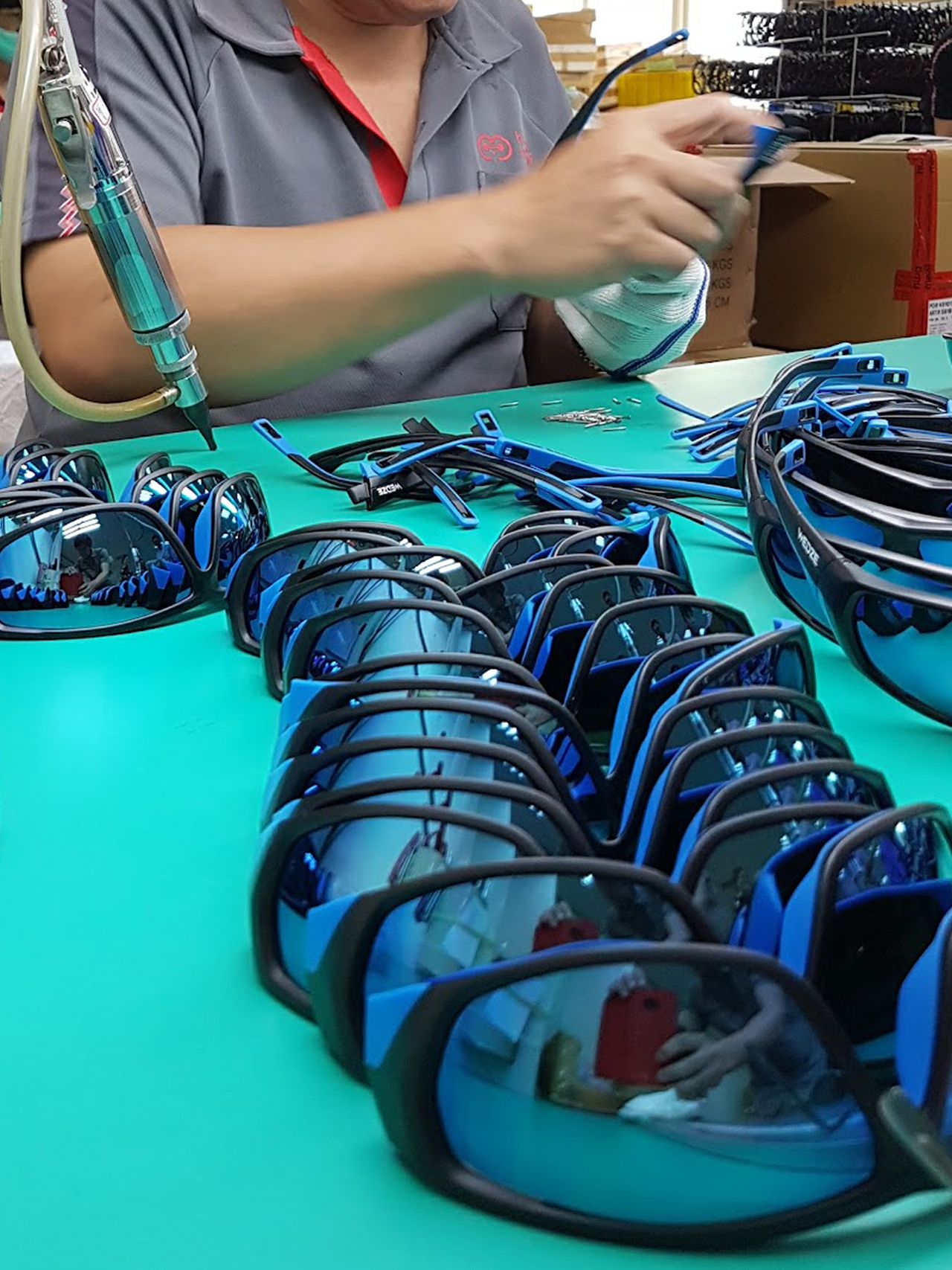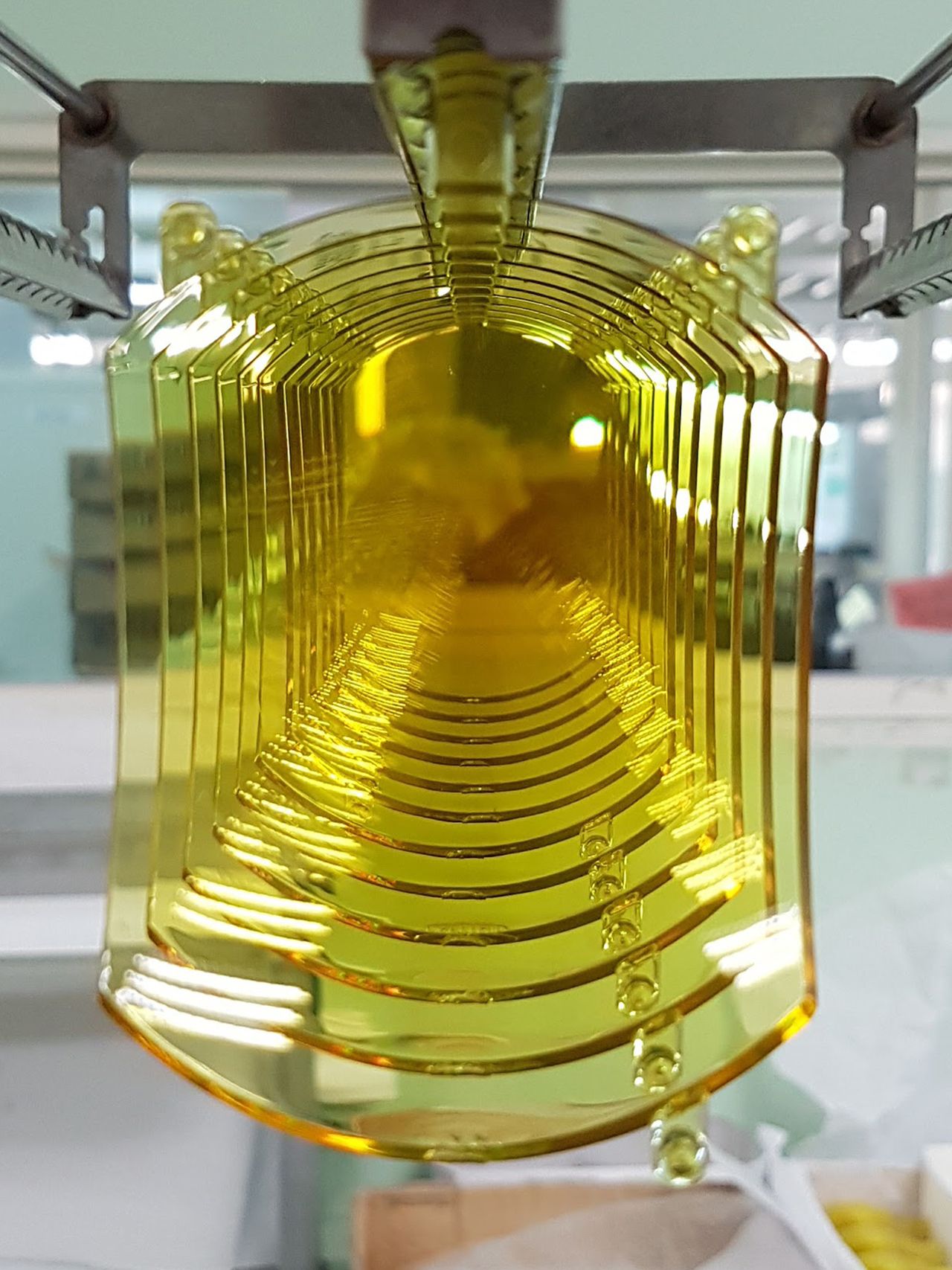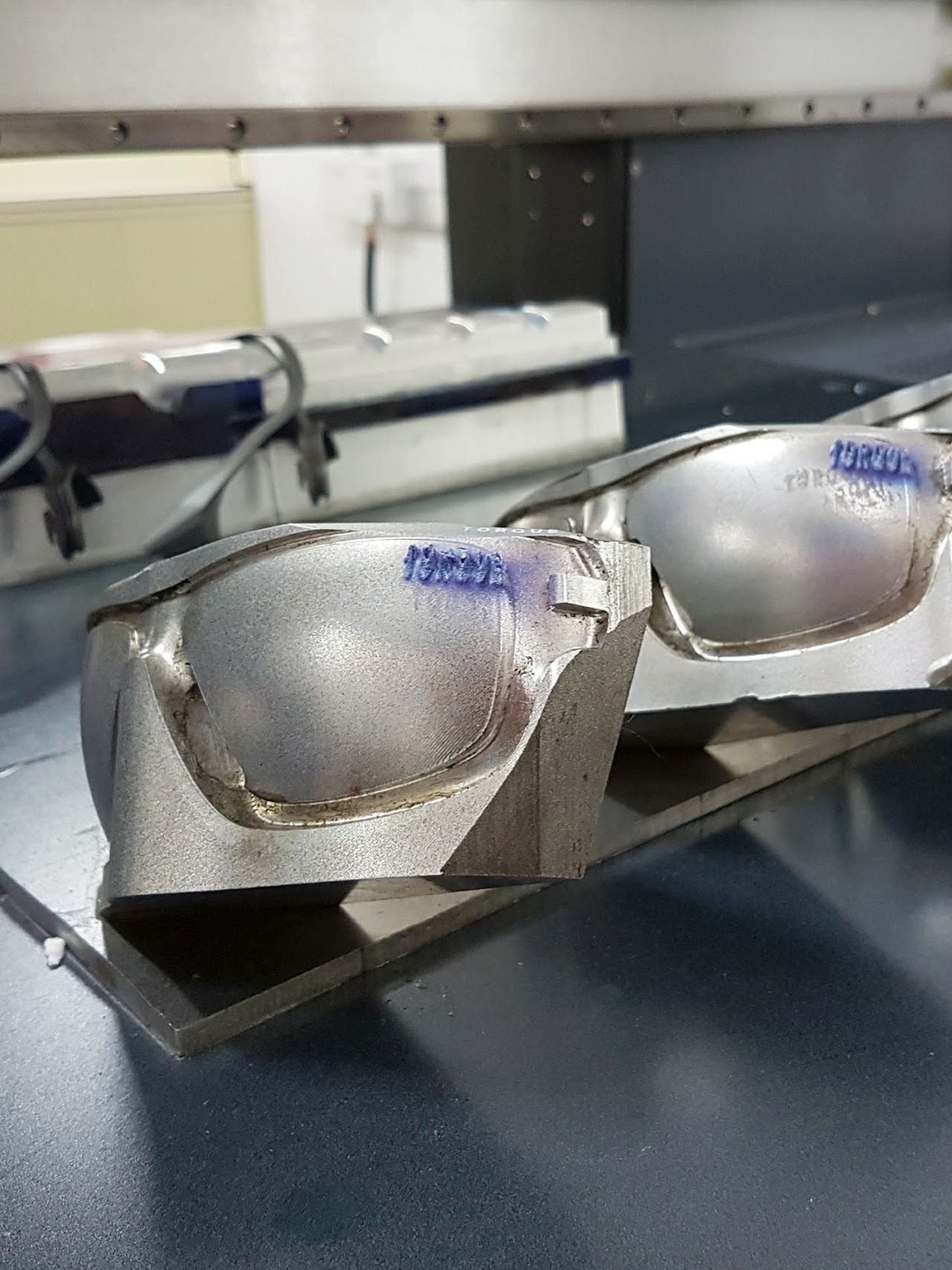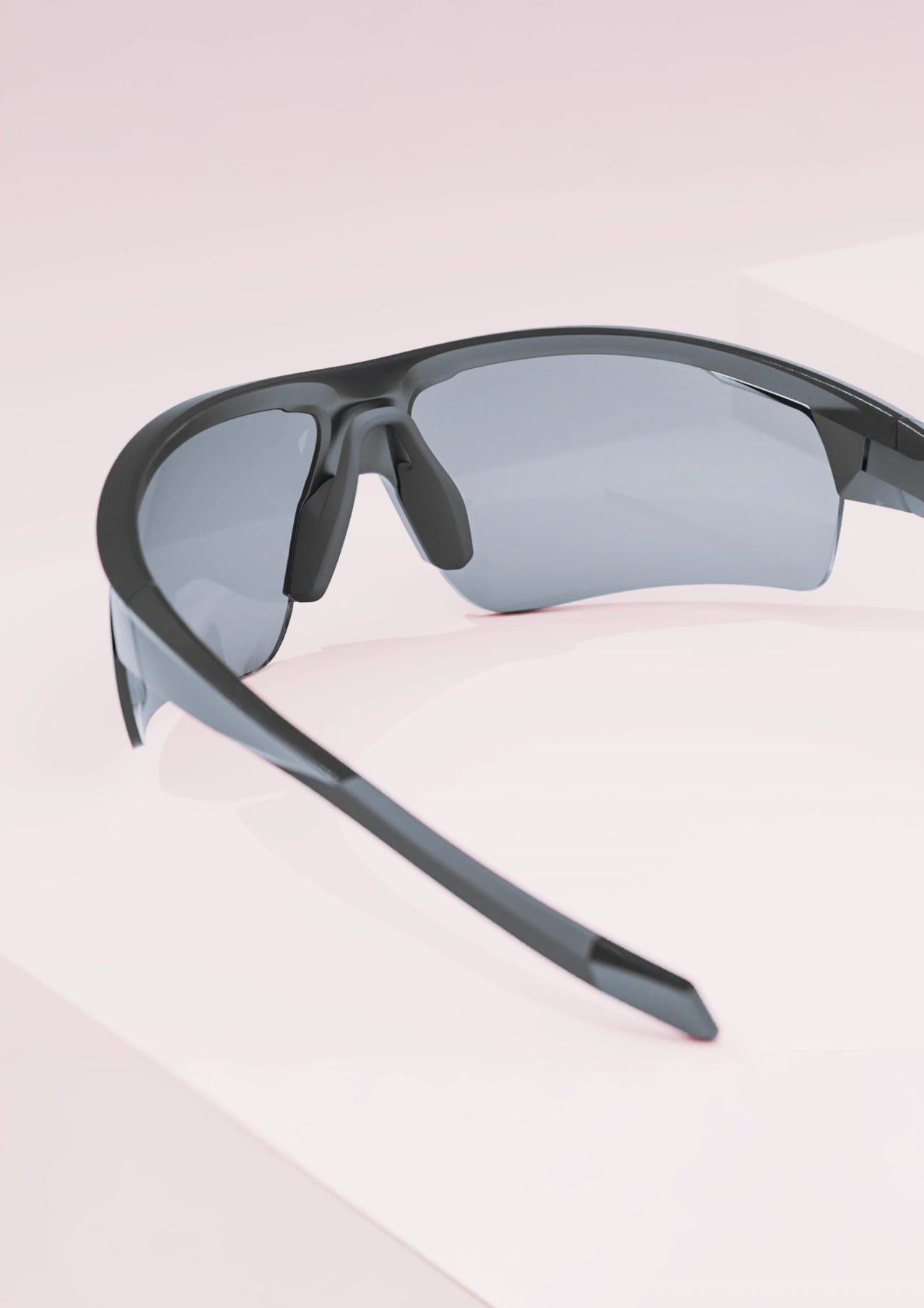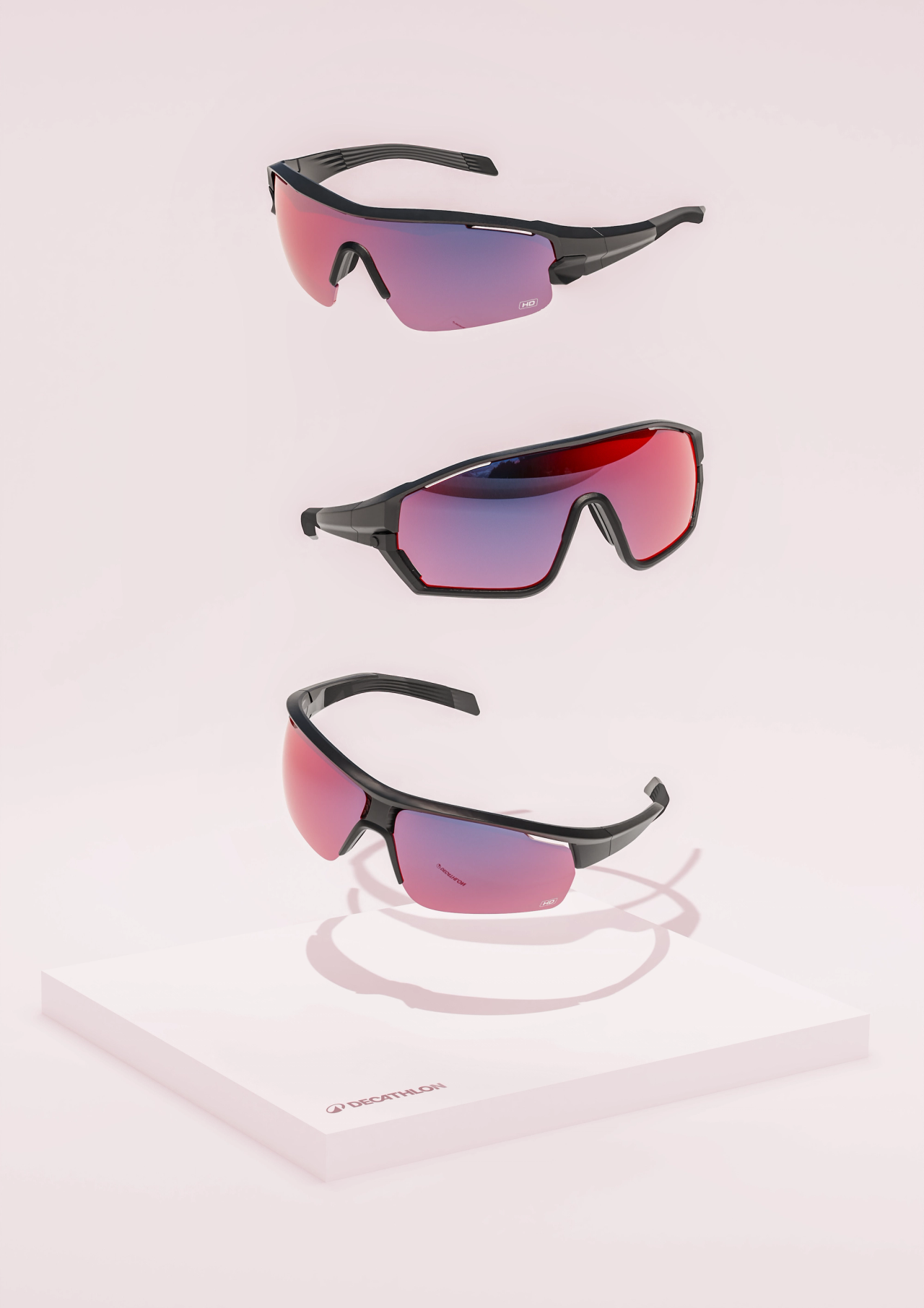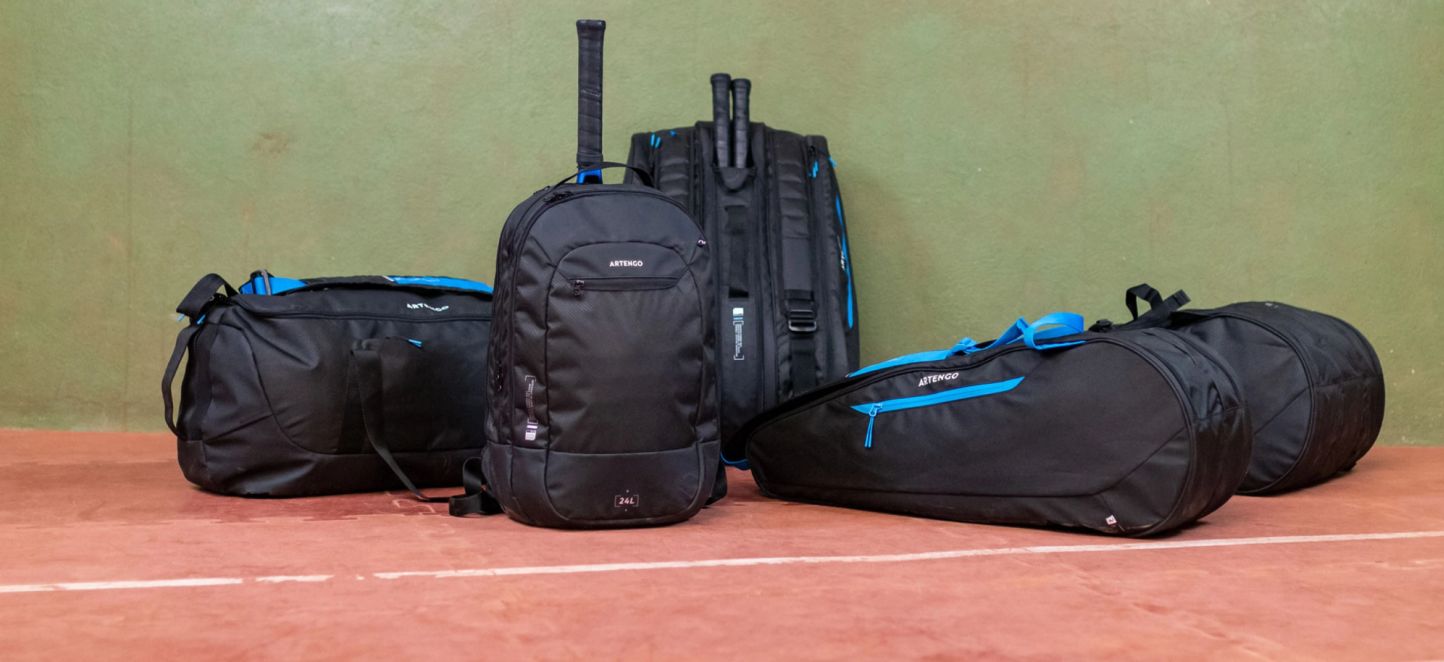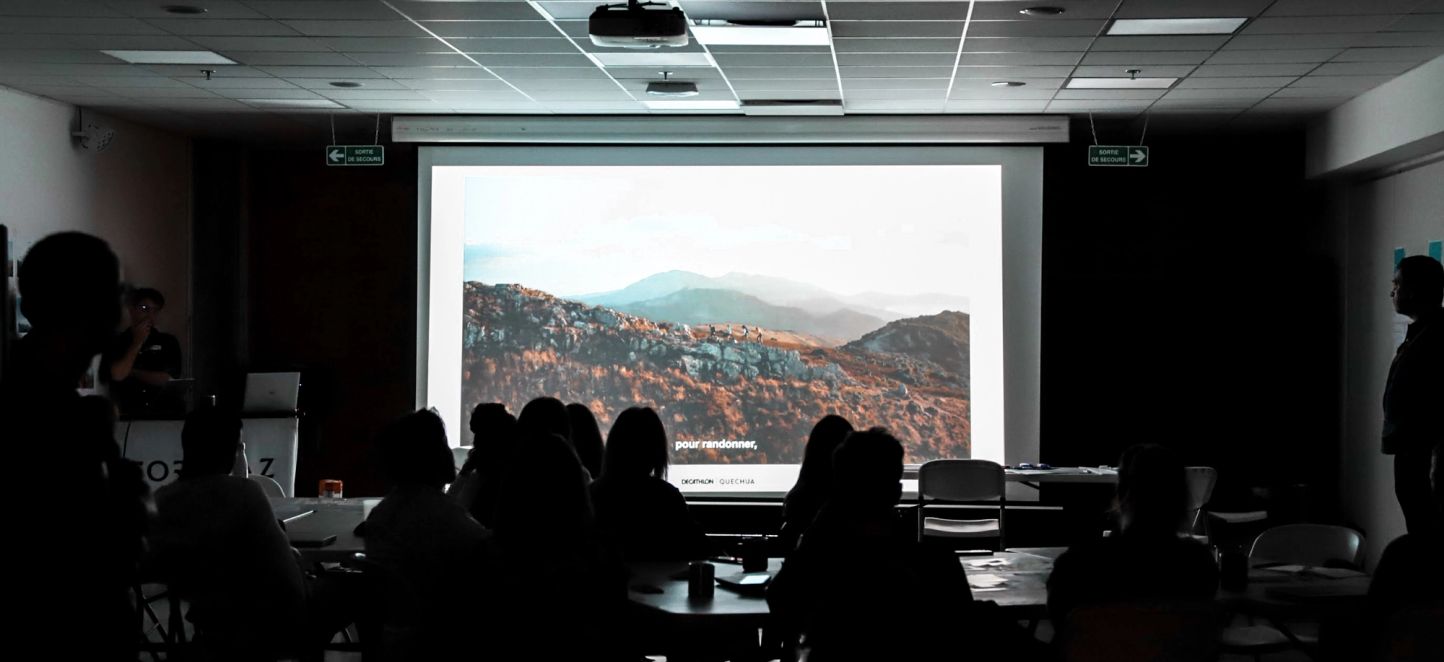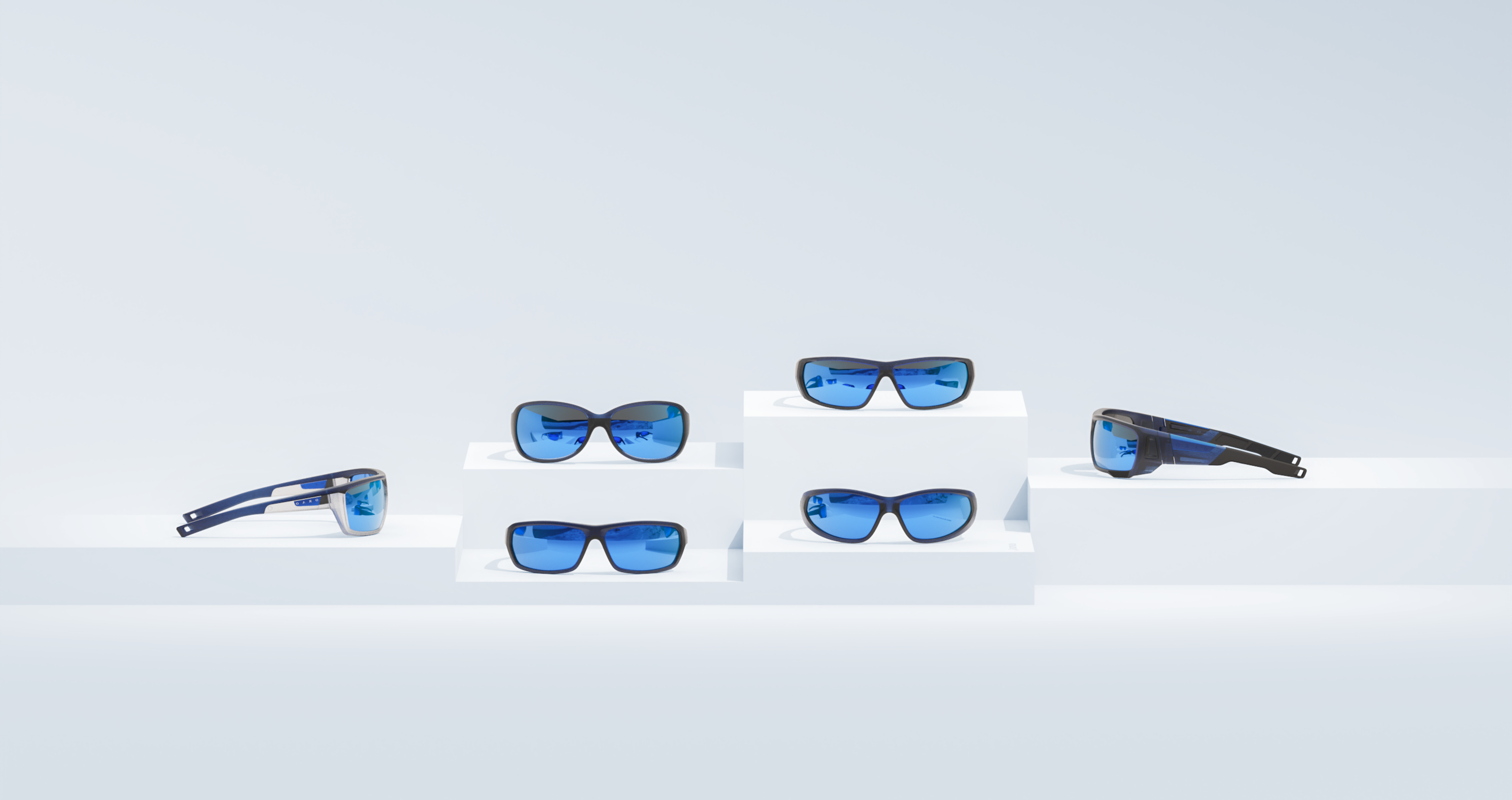
Expertise in sports eyewear design
The sports eyewear market is growing. Innovation and consumer needs are driving this evolution. The design of sports eyewear must meet specific requirements: performance, comfort, durability and aesthetics.
Constant evolution of technologies and materials
Designing models for brands such as DECATHLON requires mastery of the latest technological innovations. Recent market trends include:
- The use of materials perfectly adapted to the needs of use
- Photochromic or electro-photochromic lenses (electronic assistance), adapting to the brightness
- Polarized lenses to guarantee vision without reflection
- Anti-fog, hydrophobic treatments, etc.
- Tinted materials to the core to offer an ideal vision experience depending on the terrain of practice
These innovations are becoming standards for high-performance sports glasses.
A global and innovative approach
Explorations of new solar solutions are progressing. To achieve this, the use of 3D and rapid prototyping are part of the elements of the revolution in the field. In a few days, a physical solution can be obtained to test its suitability to the needs of sports users.
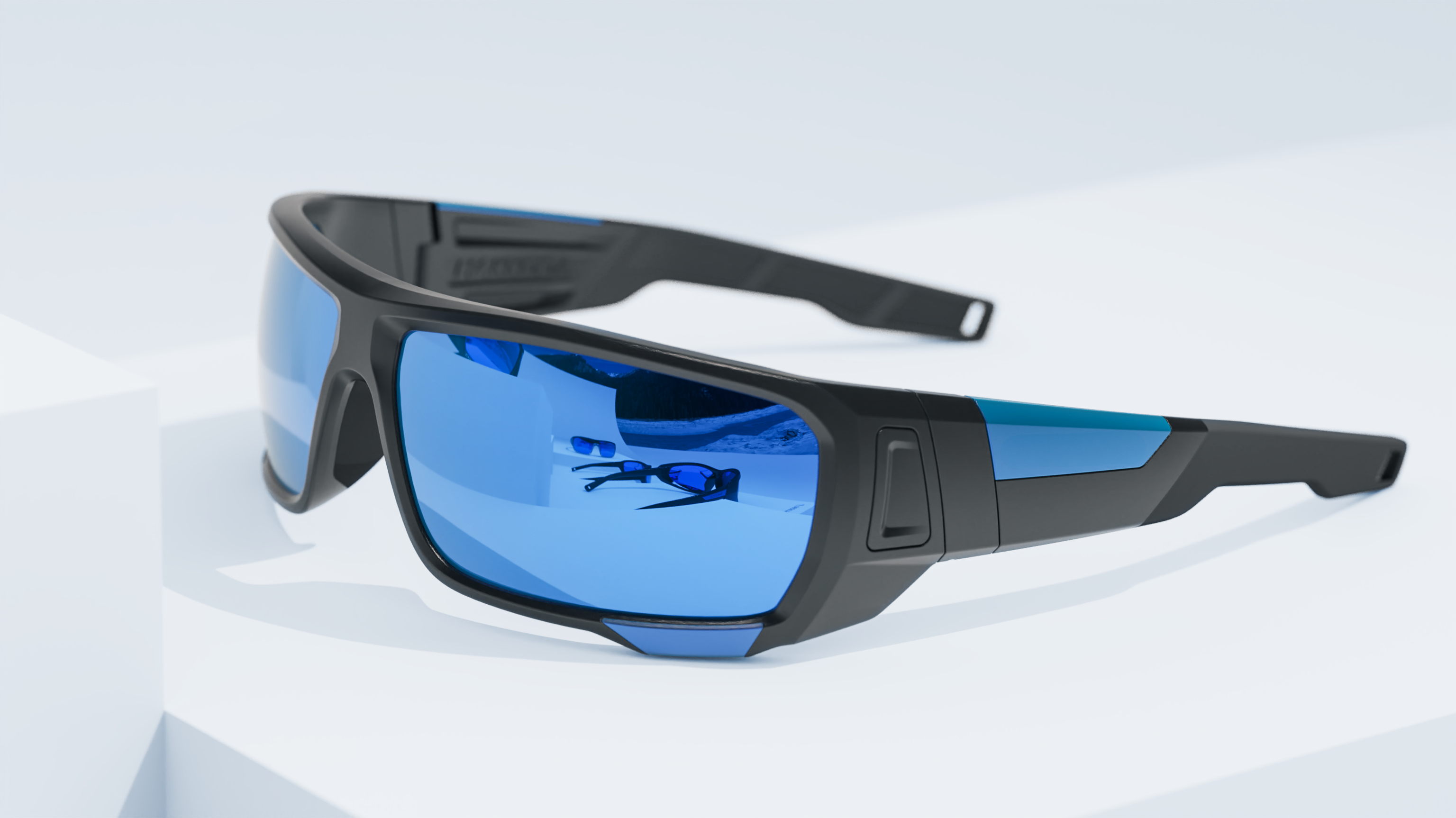
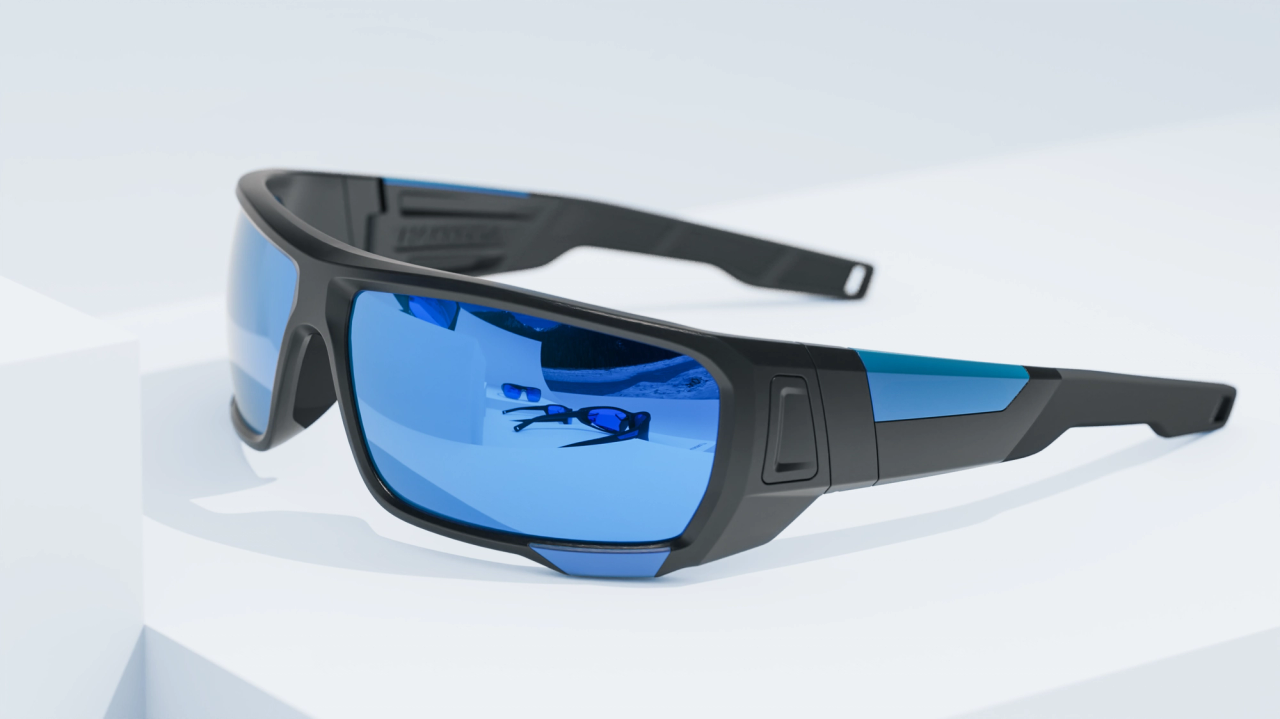
Adaptation to different sports disciplines
Each sport presents unique challenges in terms of eye protection:
- Cycling glasses must protect against wind and dust while ensuring peripheral vision and good fog removal
- Water sports glasses require special hydrophobic treatments and a technical response to the need to float
- For mountain glasses, a cat4 lens and a design compliant with ISO/CD 12312-2 are essential
This specialization by sport discipline guides the development of tailor-made solutions, meeting the specific requirements of each use.
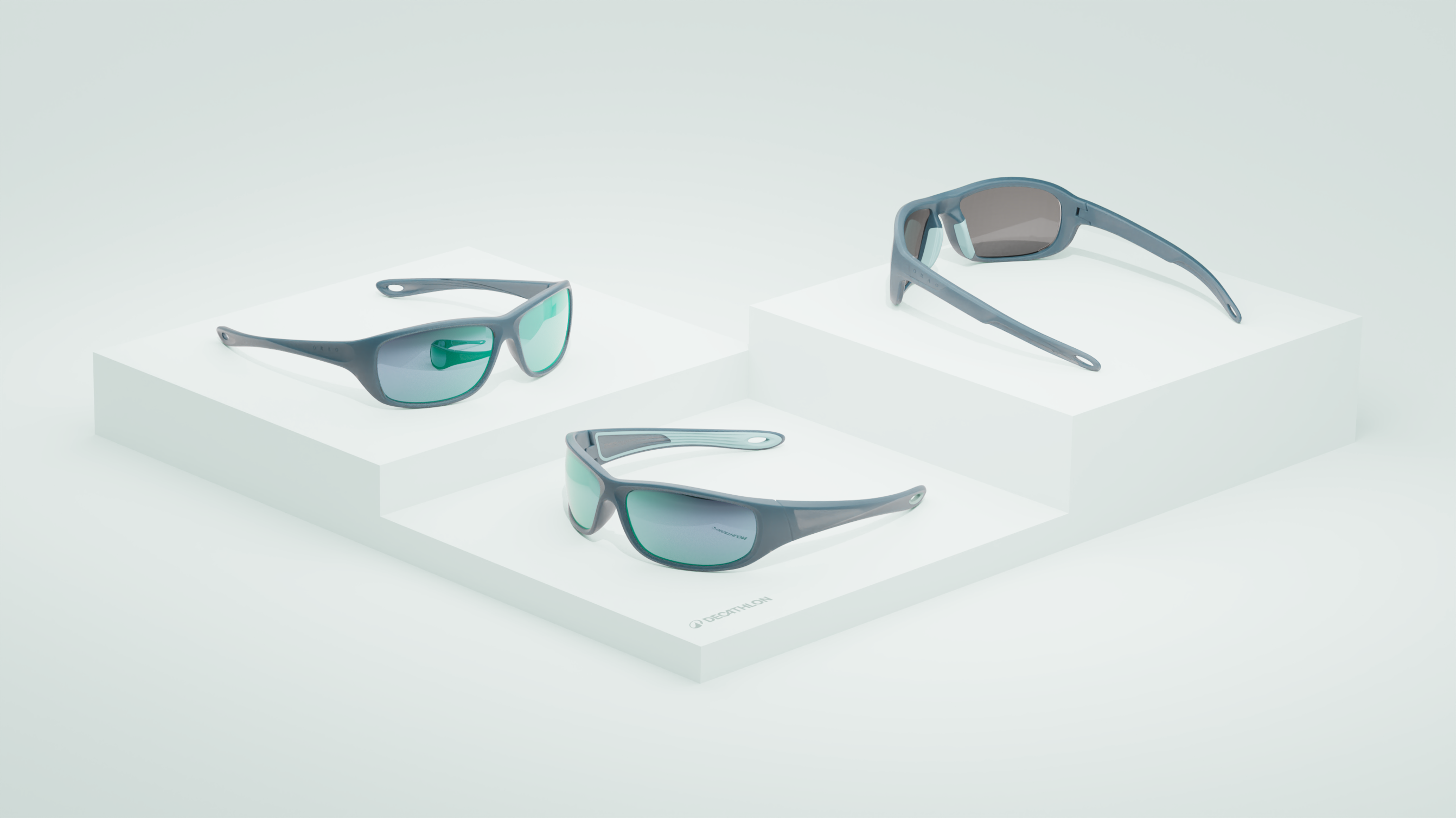
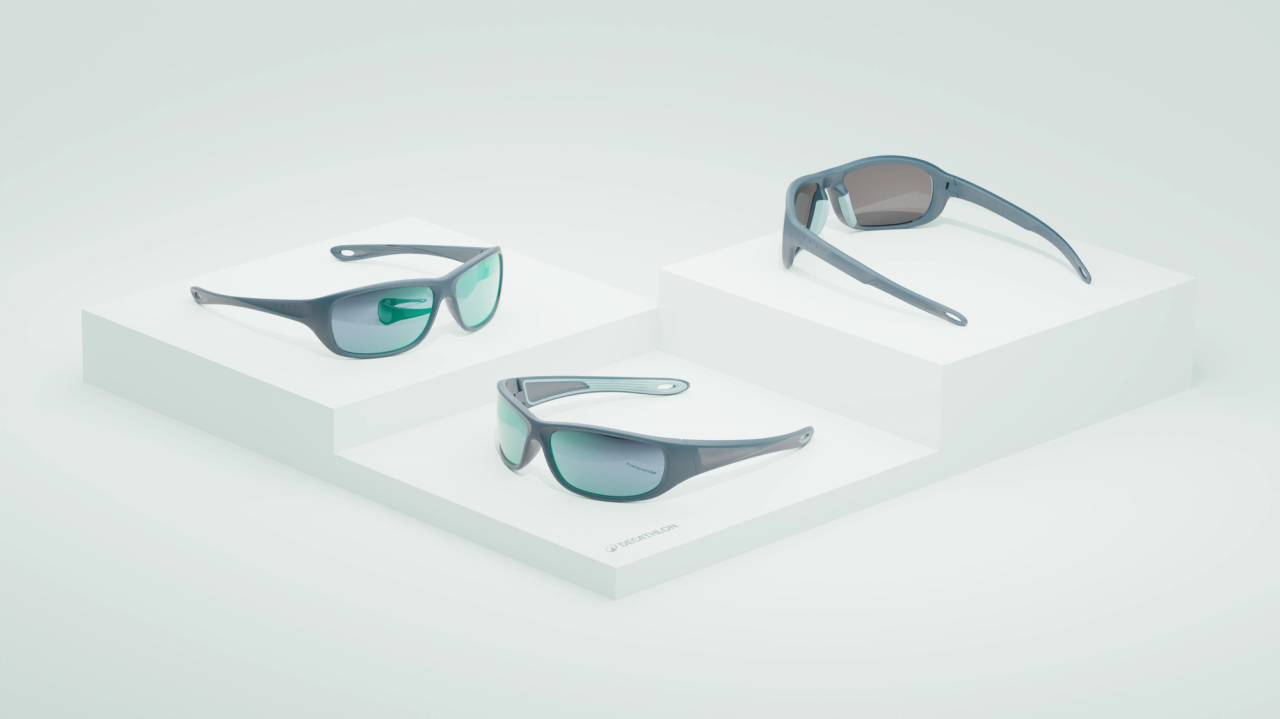
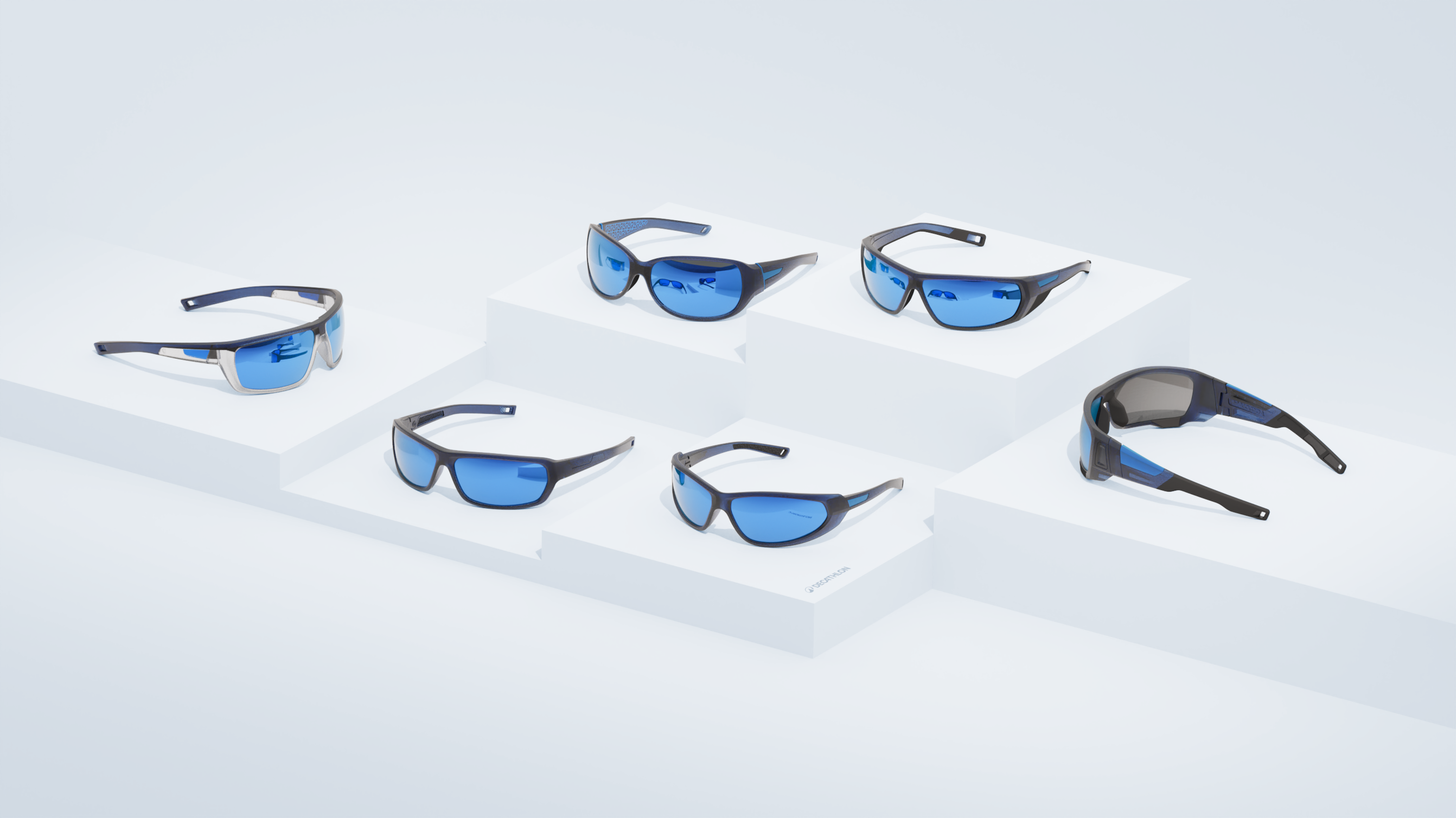
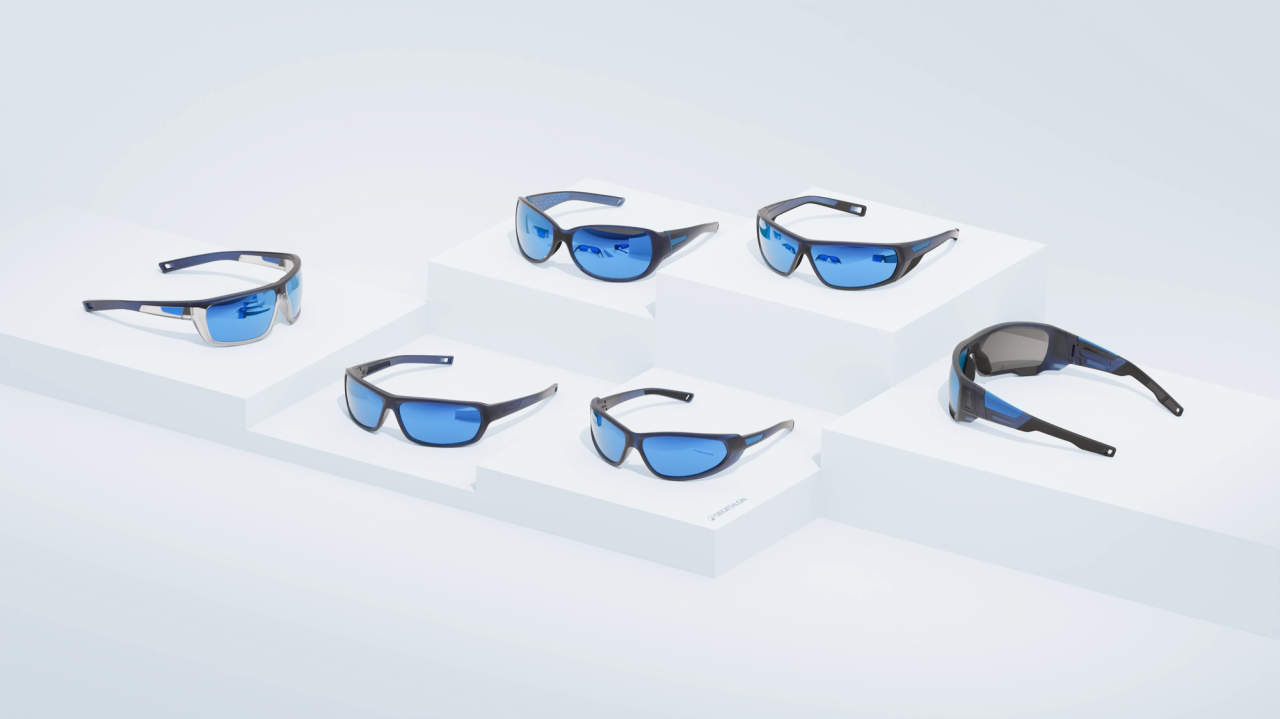
Towards a systemic vision of the optical industry
The challenges now extend beyond optimizing materials and manufacturing. Brands must integrate sustainability and innovation at every stage of the lifecycle. The transition to a circular economy is at the heart of this evolution. Priorities include:
- The creation of recycling channels to limit waste
- Strengthening repair services to extend the life of glasses
- Developing solutions for replacing glasses
- Optimization of packaging, which represents a significant part of the environmental impact
This systemic vision paves the way for a more responsible and innovative future for the optical industry.
